The restaurant industry is tough. The National Restaurant Association said that in 2024, the industry will continue to grow, with 45% of operators expecting competition to be more intense than last year. The good news is that 90% of adults enjoy going out to eat, so the demand is there. To succeed, you need a […]
The restaurant industry is tough. The National Restaurant Association said that in 2024, the industry will continue to grow, with 45% of operators expecting competition to be more intense than last year. The good news is that 90% of adults enjoy going out to eat, so the demand is there.
To succeed, you need a restaurant idea that fits your style and your budget while meeting a need in your community. There are so many ways to create a winning restaurant that stands out from the crowd. We have 27 ideas for a small restaurant that have succeeded elsewhere to give you some inspiration.
Key Takeaways:

Whether you’re opening a restaurant for the first time, expanding, or reworking your concept, a business plan can help you solidify your vision. Download the free template and learn how to write an executive summary, choose a service model, conduct a financial analysis, and more. Visit Toast.
Matzo ball ramen, anyone? Or how about Thai chicken pizza? UpMenu lists global fusion as one of the top 10 trends for 2024. Plus, it’s a great way to indulge your creativity.
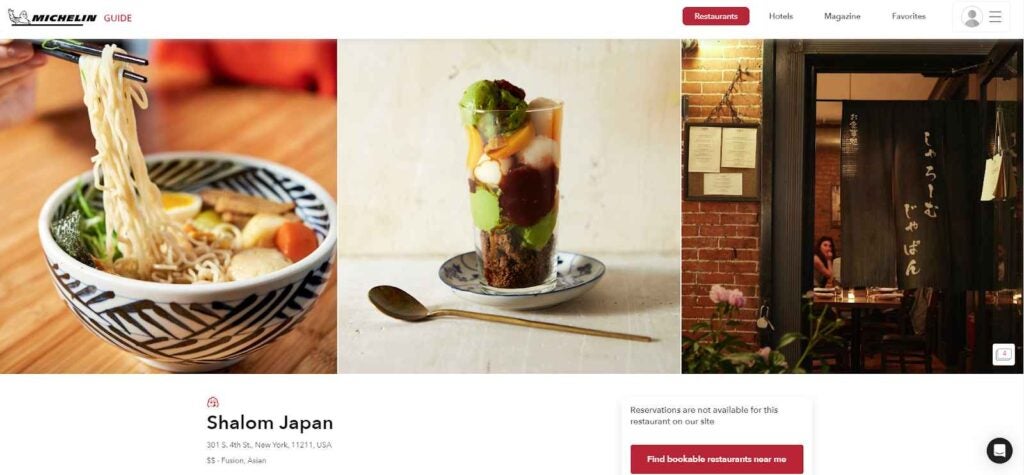
People are interested in unusual, trending, and health-conscious foods. Other trends are Indigenous recipes and traditional cooking techniques.
Another trend in restaurant cuisine is supporting gut health and the mind-body connection. Explore mood-boosting foods like fatty fish and specific herbs or drinks like kava.
Another growing trend for 2024 is printing food into amazing works of art. Combine it with AI menus for a distinctive dining experience.
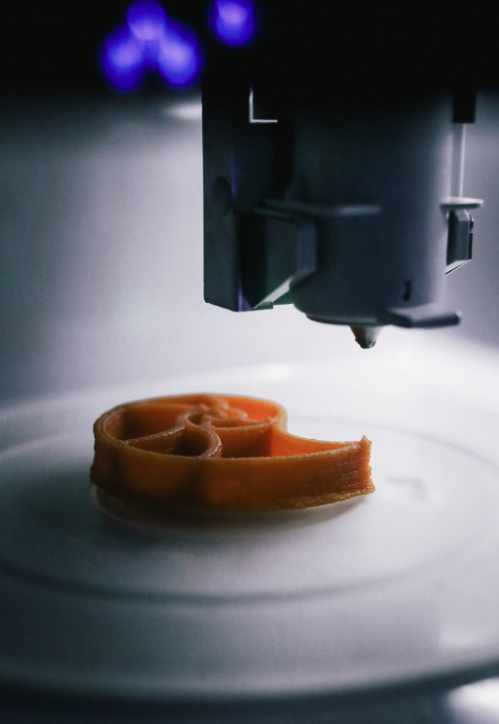
Riding the organic food trend, this small restaurant idea can work in a couple of ways. You can work with local farms to source your food or have a small garden where customers can pick their own foods or herbs.
Would you like to help train up new chefs or showcase great but lesser-known chefs? An incubator restaurant hosts chefs for a limited time, allowing them to showcase their skills, cut their teeth in the business, or experiment with new creations. Your customers get a different experience every time they come.
This small restaurant idea relies on you creating a specialty food or drink that you can also package and sell. You might have a microbrewery, or create specialty vinegars, original sauces, or unique butters or dips.
Create exclusivity by offering certain foods only during certain seasons. You might follow the harvest seasons of your area or the holidays, or come up with something especially yours.
If your chef is imaginative and your restaurant is small, a truly personal dining experience might be just what your area needs. Instead of offering a menu, customers answer questions about their preferences (plus allergies and dislikes) and trust the chef to create something special just for them.
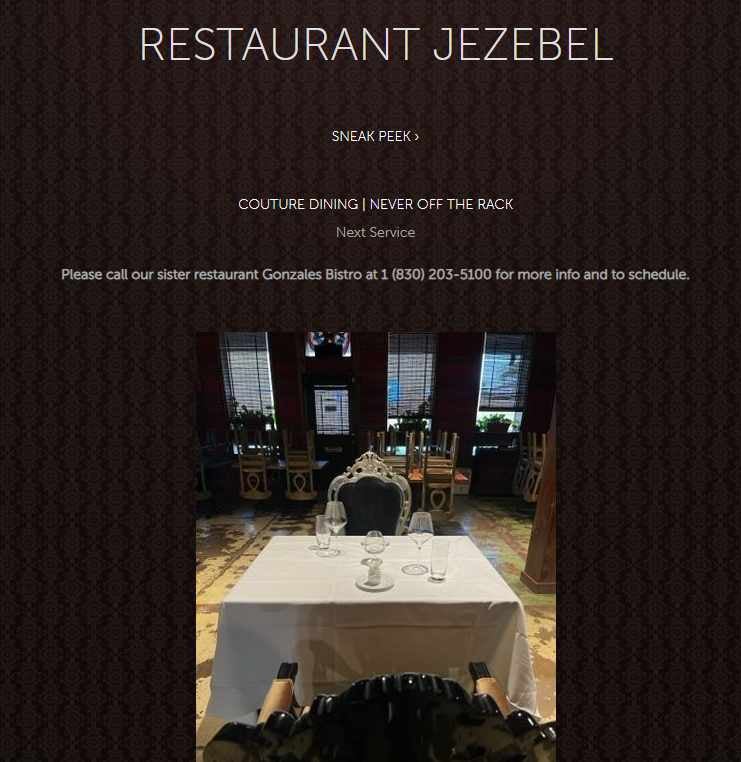
A great concept is just the beginning. Read our article to learn more about how to start a restaurant.
What’s big in your town? Is there a certain sports team? Do you have an underserved demographic—say, a university in need of an inexpensive place for students to get a snack and study or a lunch spot for the local manufacturing plant? It’s not the most unique restaurant concept, but if it meets an established need, it’s got a better chance at success.
If you’re a big geek, then a restaurant based on popular culture will be fun for you as well as your diners. There are successful restaurants based on television shows, movies, and hobbies. The best restaurant ideas for popular culture include catering to the fandom with activities, events, and even contests.
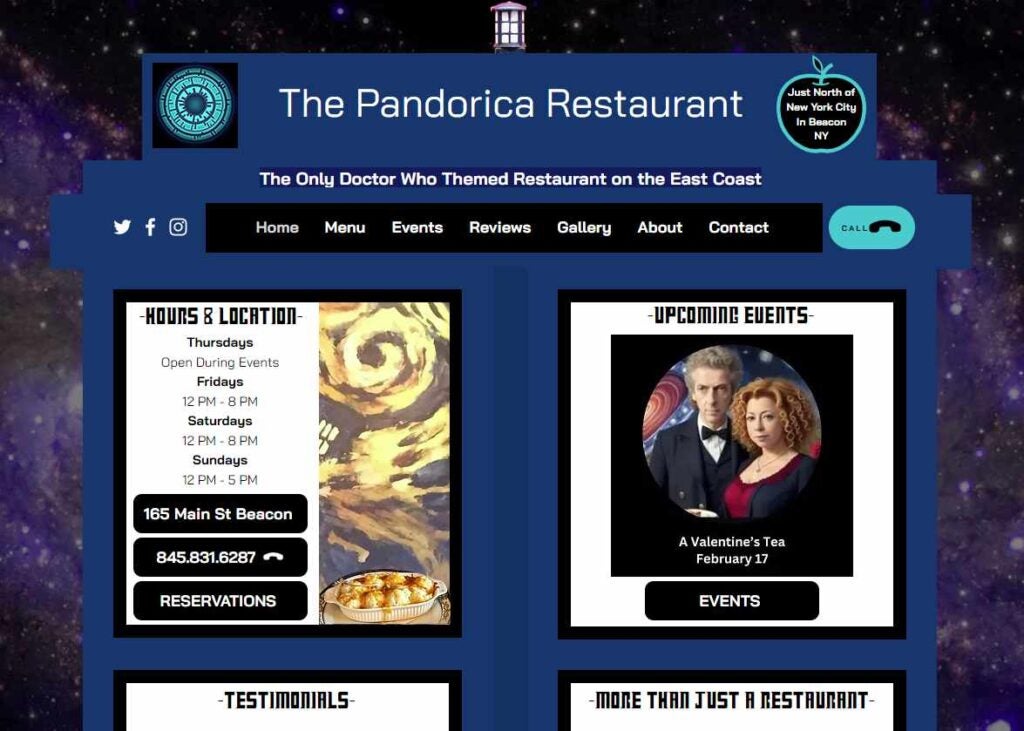
Do you have a fondness for a celebrity, music style, or historical event? Restaurants like these, especially in a relevant area (like where the event happened or the celebrity got his start), cater to fans and tourists especially. Just be careful not to infringe on copyright or imply support by the celebrity. (For example, don’t use their name in the restaurant name or marketing.)
Areas that cater to creatives are great places for unique ideas for restaurants that combine art and food. You might showcase local artists (selling their works for a commission) or have a small gallery/waiting area. Alternatively, the food itself could be the art.
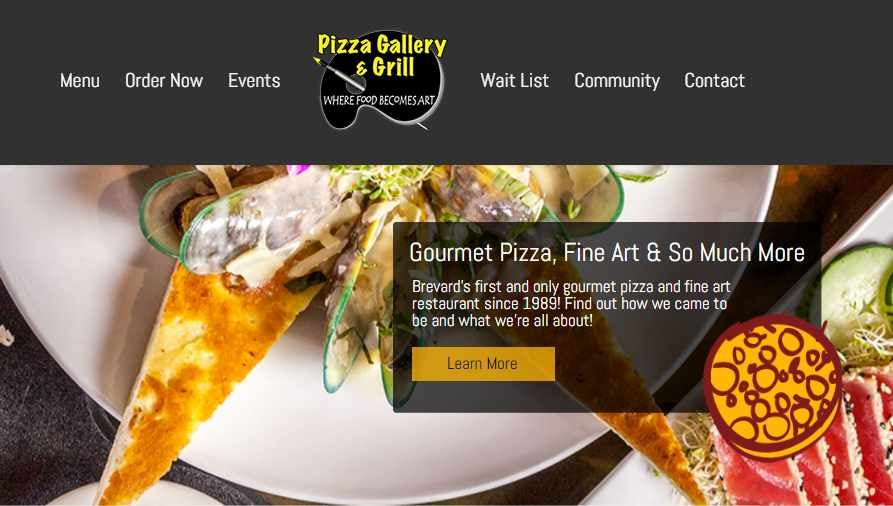
Why have an ordinary building? If you’re adventurous (or find a great deal), you could create a winning restaurant in the interior of a Boeing KC-97 tanker, an old bank, or up a tree.
From gangster themes to the Old West, there are plenty of inspirations for small restaurant ideas.
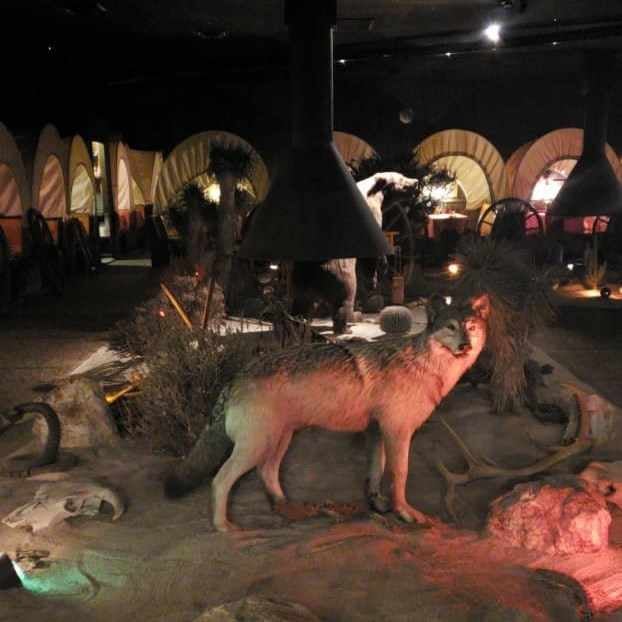
Robot waitstaff cannot only cut employment costs but set you apart from other restaurants. Purchase one for serving, or go all-out; U and Me Revolving Hot Pot in Orlando has a robot host and servers, a conveyor belt to deliver ingredients, and even stovetops on the tables for cooking your own food.
Cater to the date night crowd with dinner and a show. Add a large screen to show movies or a small stage for live bands, comedians, or local plays and improv troupes. Areas with an academic crowd might work with a university to have guest speakers.
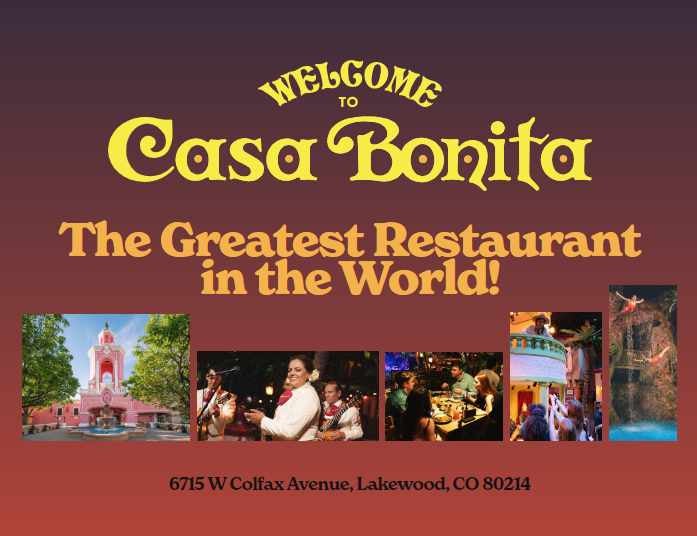
Japanese steakhouses aren’t the only ones to make food prep the show. Restaurants like the Alinea in Chicago offer experiential experiences where you watch the chef create our food for you.
Cat cafes are a popular way to get a kitty fix and enjoy a good meal. Or you could have a bunny petting area, a dog-friendly restaurant. There are even restaurants with live alligators for viewing.
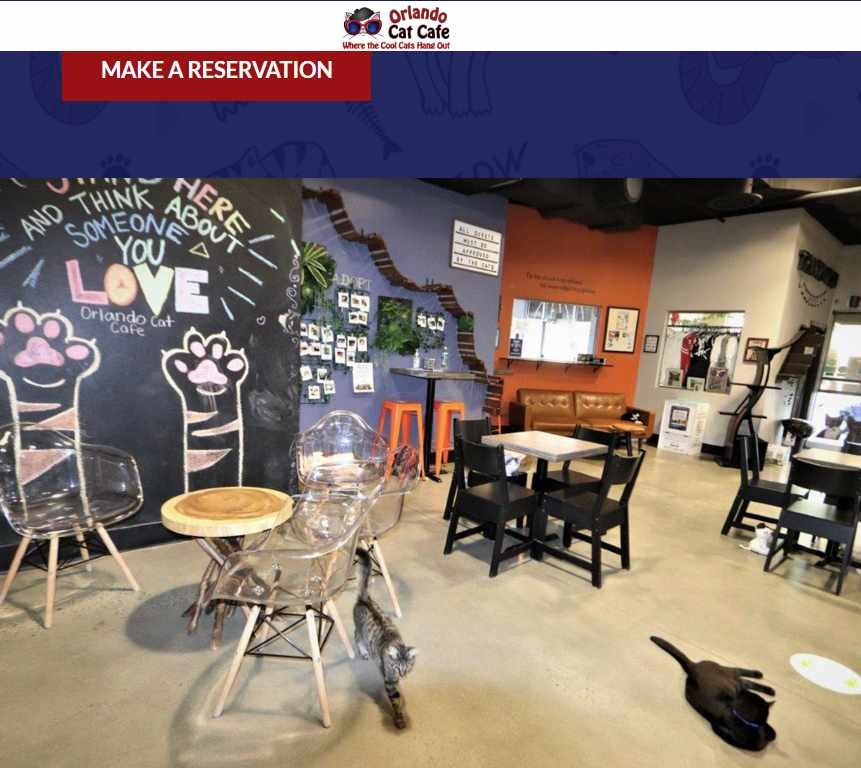
You’ll find restaurants around the world that specifically train and employ people with disabilities. Or you might have a pet cafe with adoption opportunities, and eco-conscious eateries where leftovers are composted for an organic garden. Some restaurants have a “pay it forward” program where a diner can buy a second meal for a homeless person.
Martinis and manicures. Petits fours and pedicures. Some restaurants are going for a full-body experience with spa services along with food and drinks for a truly relaxing experience.
A great way to share your love of cooking, this kind of restaurant teaches diners how to prepare the dishes they are eating or offers cooking lessons on the side as additional income and a way to draw people to your dining room.
According to Startle, online searches for solo dining options have increased by 357%. You can cater to singles with smaller tables, quicker options and service (or providing a place to enjoy a leisurely meal with a book or phone), and no judgment at the door.
The opposite of solo dining, this style encourages diners to meet new people with large tables, random seating, and get-to-know-you activities.
We’ve seen it in the movies: the restaurant so exclusive you have to get to it through a back alley. However, with the right promotion toward a higher-tier clientele, small, hard-to-get-to restaurants can make awkward locations a selling point.
Underwater dining. Eating in the dark. Twenty-course meals? Many diners like a unique experience and will pay good money for it.
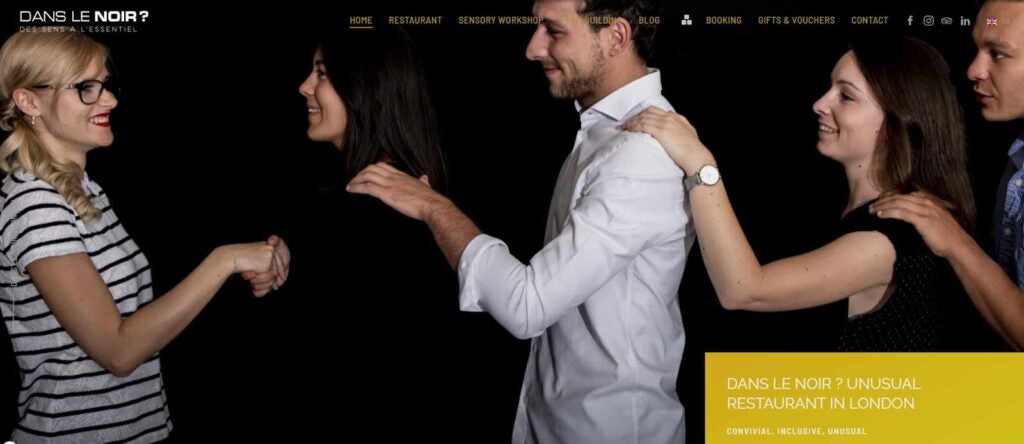
We’re not talking arcades (although Space Aliens has made this a winning theme), but something more interactive: a murder mystery that starts with dinner, for example, or letting diners play spy by giving them a mission and passwords.
Your best restaurant idea might be right around the corner—or trapped in your own mind. When brainstorming unique ideas for restaurants, look around at what others are doing, do some market research, and think about what you like.
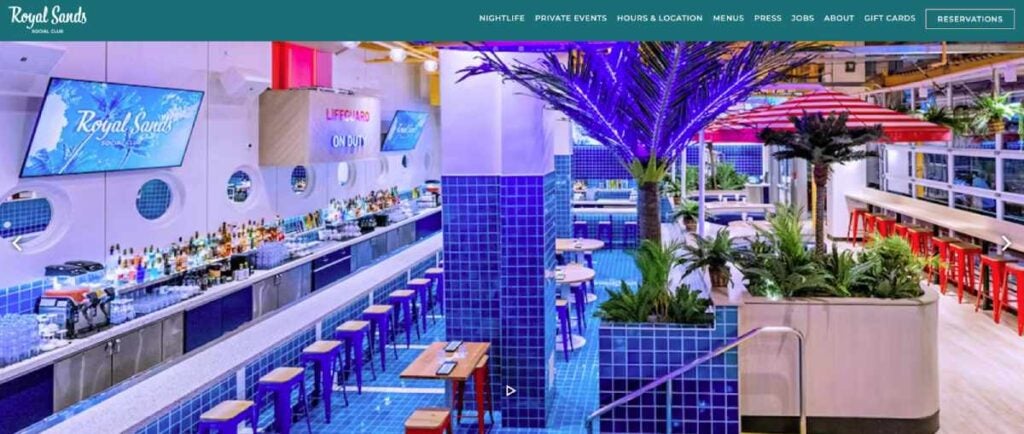
Click through the sections below for the most common questions we encounter about small restaurant ideas and concepts.
$10,000 is pushing it, but you can start a restaurant on the cheap. You can create a distinctive decor with reclaimed materials or thrift store items and some work, for example. While you should not skimp on the quality of the food, you might be able to make some deals with suppliers, or serve a limited menu that only requires a small number of ingredients to start.
Ideas are everywhere! Do some research, find inspiration in your local area, check out other small restaurants in different cities, or turn inward to your personal passions. Think about food, look, theme, or even approach.
Restaurants can be unique in three ways: food, service, or atmosphere. Look at your competitors nearby and in your city and see where you can stand out—but be sure there’s a demand. A Thai-Italian fusion bistro might be a hit in a trendy city but fail in a rural area.
No matter what concept you choose for your small restaurant, you’ll want to maximize your capacity while still having a place where people can eat comfortably. Small square tables are easier to combine to accommodate large groups, for example. Leave enough room between tables for people to pull out chairs easily and for waiters with trays to maneuver.
The best small restaurant ideas are the ones that reflect you while appealing to a large clientele. Concepts don’t just come from decor or food: A unique angle on entertainment, a specialty of service, or even the introduction of cutting-edge technology can make your small restaurant stand out from the competition.
Mary King is a veteran restaurant manager with firsthand experience in all types of operations from coffee shops to Michelin-starred restaurants. Mary spent her entire hospitality career in independent restaurants, in markets from Chicago to Los Angeles. She has spent countless hours balancing tills, writing training manuals, analyzing reports and reconciling inventories. Mary has been featured in the NY Post amongst other publications, and in podcasts such as Culinary Now where she discussed starting your first restaurant, how to leverage your community and avoiding technology traps.
Property of TechnologyAdvice. © 2025 TechnologyAdvice. All Rights Reserved
Advertiser Disclosure: Some of the products that appear on this site are from companies from which TechnologyAdvice receives compensation. This compensation may impact how and where products appear on this site including, for example, the order in which they appear. TechnologyAdvice does not include all companies or all types of products available in the marketplace.